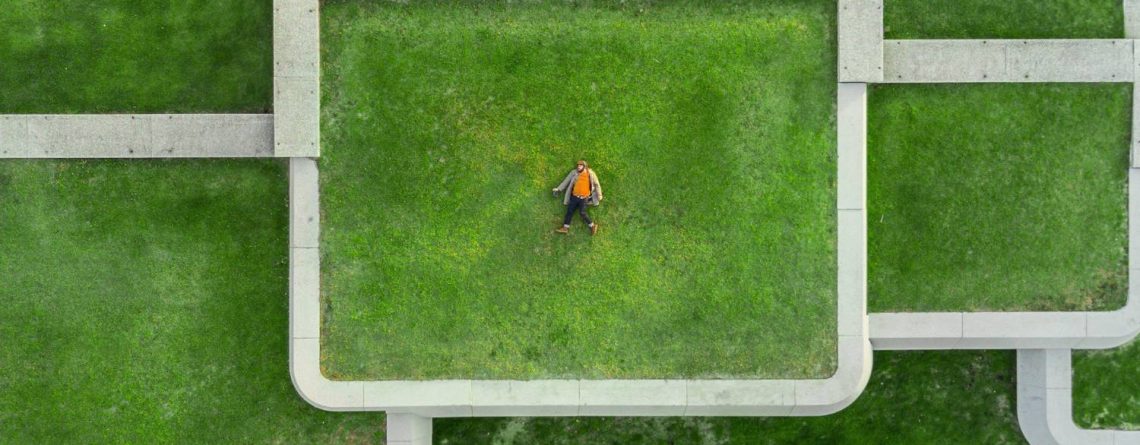The Future of Roofs is Green
The rise of green roofs and urban green infrastructure is on the rise – and it’s not just an architectural trend that’s taken off.
By 2050, the global population will have increased to almost 10 billion; in London alone, the population is estimated to increase by a further 3 million. This means the subsequent increase in demand for infrastructure requires more thought to preserve and maintain the natural environment and, thus, the health and well-being of urban residents.
Research provided by Livingroofs.org has shown the first national picture of the market for green roofs and what can be done throughout the UK, not just in the cities, to encourage green infrastructure.
What are green roofs?
Green roofs are roofs with plants growing on top. Often referred to as vegetated roofs, they consist of a roofing system with a layer of living plants planted on top of the waterproofing membrane.
The aesthetic benefits of green roofs are obvious, but there’s much more to them than that.
Adopting and installing a green roof activates the roof by allowing it to save energy (and costs), manage stormwater, reduce noise levels, and improve biodiversity.
Green roofs also provide a good environment for personal well-being and social interaction, all while offering a sustainable design.
Important for climate resilience
- Roofs represent about 20–25% of the total urban surface area.
- But we’re not making the most out of roofs, yet.
Over the last several years, the market for green roofs has increased.
There was a 17% increase from 2015 to 2016, especially as green roofs have become increasingly prevalent in urban design to achieve climate resilience. The rise of green roofs also shows how the UK is beginning to change its behaviour and adapt to climate change.
London is one area driving the growth. Research shows that nearly 42% of the market is within the Greater London Authority area. We recently saw an example of this with the Old Street roundabout renovation.
The main reason for this growth, though, is London’s distinct policy for green roofs within the London Plan, making it one of the green roof capitals in the world, even if the nation doesn’t quite realise it yet.
The market over the next two years
- The Green Roof market in the UK continues to expand significantly
- Risen from 1.17 million square metres in 2015 to 2.15 million square metres by 2019
- Potential growth of a further 20% by 2025
Green roofing contractors are about to get very busy, with predictions that the market will expand to 300 million square metres over the next two years.
Bringing benefits not just to the environment but also to the economy.
For example, green roofs can increase the lifespan of a roof membrane by protecting it from extreme temperatures or UV rays.
They also reduce heating and cooling, lowering homeowners’ energy bills. Not to mention the increase in value of their property, as green roofs have become a popular attraction for potential buyers and tenants.
Installing a green roof
One important factor to consider when considering a green roof is choosing the right waterproof membrane to support it and ensure its effectiveness and longevity.
As suppliers of rubber roof materials, we know EPDM is the best membrane for a green, sedum, or living roof, as it provides the perfect growing platform for wildflowers and other vegetation.











